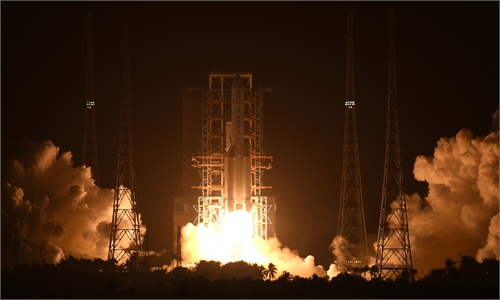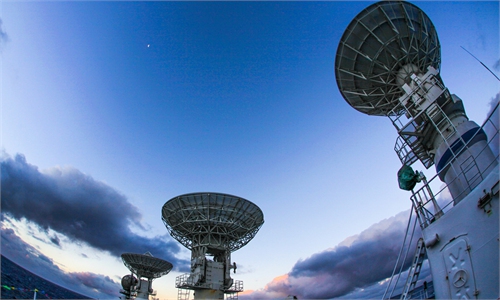https://youtu.be/D327Pwt-ONs
11 Easy Exercises to Slim Your Legs In 2 Weeks
https://youtu.be/YGTCKQU4E7Y
Some like them big, some like them small, but either way, the size of your calves can tell a lot about your health.
MEN take pride in having them big, but women want them slender.
It’s a skeletal muscle group that’s difficult to bulk or trim, even though it’s one of the most used in daily tasks.
If you’re unsure which muscles these are, I’m referring to the calves.
Genetics and anatomical structure play a significant role in how the muscle is shaped and how large it can grow.
The calves comprise of two main muscles: the outer gastrocnemius (known as the calf belly with two “heads”, i.e. medial head and lateral head), and the underlying soleus, which is the smaller of the two.
Together, they are responsible for bending the ankle joint upwards (dorsiflexion) and straightening it to point your toes (plantarflexion).
These two muscles taper and merge at the base of the calf muscle, and attach to the heel bone (calcaneus) via the Achilles tendon.
During walking, running or jumping, the calf muscles pull the heel up to allow the body to propel forward.
There is also another small muscle that runs beneath the gastrocnemius and soleus, called the plantaris.
It has a short belly and a long, thin tendon that connects to the Achilles tendon.
Functionwise, the plantaris muscle assists the gastrocnemius, but not significantly.
In fact, in 10% of the population, this muscle is completely absent.
Bigger or smaller?
Basically, the size of your calf muscles is determined by how far your heel bone (calcaneus) projects backwards, i.e. its length.
The longer this bone is, the smaller your calves.
In one 2011 study, researchers studied individuals of similar height, weight, lower limb length and foot length, and discovered that the ones with shorter calcanei had bigger calves.
Meanwhile, those with longer calcanei had more slender calves.
They also looked at the muscle recruitment patterns and found that people with shorter heels and big calves were using their medial gastrocnemius muscle more than the lateral gastrocnemius muscle while walking.
In contrast, those with longer calcanei had more evenly distributed calf contractions.
People with skinny ankles (small girth) will not be able to build bulk in their calves, although they have a lot more agility than their counterparts with thicker ankles.
Sprinters generally have bigger calves due to the extraordinary amounts of explosive power required to sprint short distances.
Long distance runners, on the other hand, tend to have slender, toned calf and leg muscles.
In fact, the calves in animals that move fast are practically non-existent.
Sausage legs
There is no ideal or normal proportion for the calves and ankle – it depends on what is beautiful to the eye.
Aesthetically, we are all wired to desire ankles that are smaller than the calves.
However, there is a condition where the ankle is just as thick or slighter thinner than the calf, making the lower leg look like a cylinder.
This “cankle” – a combination of the words “calf” and “ankle” – is not a medical term, but a word made popular in 2001 when Jason Alexander’s character in the movie Shallow Hal used it to criticise an overweight woman’s lower leg, saying, “It’s like the calf merged with the foot, cut out the middleman.”
When you have cankles, you’ll find it hard to differentiate the calf from the ankle. Some people call this “sausage legs”.
Women are more prone to this as it seems to run in the female line, with mothers, sisters and other female relatives tending to have the same lower leg shape.
Unfortunately, there is just so much you can do to alter it through natural means besides losing the fat that is covering the ankle.
Sometimes, however, these cankles are due to medical conditions like excessive water retention, kidney disease, bad sprains and surgery.
The calves are prone to tightening and cramping, especially after a workout, so be sure to stretch them out.
If your ankles remain swollen over a long period, do seek medical advice as it could be the sign of something sinister, like heart failure.
Managing those muscles
If you’re genetically predisposed to having big calves and don’t want to bulk further, the best you can do is to scale back on high intensity, skipping, plyometric and heavy weight-bearing exercises as they contribute to hypertrophy or muscle growth.
Also, don’t walk, hike or run up on an incline (e.g. hills or uneven surfaces) as these activities force your calf muscles to work harder.
They will definitely get stronger, but could also get bigger.
Instead, stick to running on flat surfaces.
To build your calf muscles, there are only two types of effective, yet simple exercises: heel or calf raises with knees straight (for the gastrocnemius) and with knees bent (for the soleus).
Start with one set of 12-15 repetitions with your feet parallel first.
Then turn your feet out (toes pointed out or away from the body) for the next set.
For the last set, turn your feet in. This forces your muscles to work from different angles.
To target the soleus muscle, repeat the entire sequence seated, perhaps with a light dumbbell on your thighs.
Do three sets, but only with your feet parallel.
You may not see noticeable bulk, but you’ll see some tone and more definition.
Stretch and soak
The calves are prone to tightening and cramping, especially after a workout, so be sure to stretch them afterwards.
The simplest way to do this is to stand at the edge of a step and place the balls of your feet on it.
Keep your legs straight (use the wall or railing for support) and reach your heels to the floor until you feel the stretch in your calves and Achilles tendon. This stretches your gastrocnemius muscles.
To stretch your soleus, do this with one knee bent, then repeat on the other side.
In addition, you can try soaking your lower leg in warm, salt water for 15 to 20 minutes before patting dry with a towel.
Then, apply some oil or lotion to self-massage the calves using stroking motions towards your hip.
Depending on your preference, you can use your fingers, palms, heel of your hand or knuckles.
Strong pressure reduces tension and pain in your muscles, while using a light pressure is more relaxing, especially before you retire for the night.
Benefits in all sizes
Fret not if your calves are big because there are some health benefits associated with it, according to a 2008 study published in the Stroke journal.
Apparently, regardless of age, gender, body mass index (BMI) and other vascular risk factors, those with bigger calves have fewer fatty deposits known as plaques built up in their arteries, thus lowering their risk for stenosis, carotid artery disease and strokes.
Researchers suspect this may be because big calves give the body another place to store fat that could cause problems when they’re floating in the bloodstream.
At the same time, people with bulky calves could also be more prone to non-alcoholic fatty liver disease as the calves act as a proxy for fat deposits.
In a 2013 study in the Journal of Physical Therapy Science, researchers concluded that the smaller a person’s calves are, the higher their resting heart rates might be.
In general, high resting heart rates, or anything above 100 beats per minute, have been linked to an increased risk of death, regardless of physical fitness.
A normal resting heart rate for adults ranges from 60 to 100 beats per minute.
A lower heart rate at rest implies more efficient heart function and better cardiovascular fitness.
So, all is fair whether you have big calves or small.
On that note, here’s to a brighter 2021!
By Revathi Murugappan, who is a certified fitness trainer who tries to battle gravity and continues to dance to express herself artistically and nourish her soul. For more information, email starhealth@thestar.com.my. The information contained in this column is for general educational purposes only. Neither The Star nor the author gives any warranty on accuracy, completeness, functionality, usefulness or other assurances as to such information. The Star and the author disclaim all responsibility for any losses, damage to property or personal injury suffered directly or indirectly from reliance on such information.
Related posts:



 The calves are prone to tightening and cramping, especially after a workout, so be sure to stretch them out.
The calves are prone to tightening and cramping, especially after a workout, so be sure to stretch them out.







 Friends
Rachel Jasmine Richard (right) and M. Deenadayalani (left), both 27,
feeling the texture of the soil during the free chemical urban farming
training organised by Consumers Association of Penang (CAP) at its
premises in Jalan Masjid Negeri, Penang./PicbY:CHAN BOON KAI/The Star/25
July 2020.
Friends
Rachel Jasmine Richard (right) and M. Deenadayalani (left), both 27,
feeling the texture of the soil during the free chemical urban farming
training organised by Consumers Association of Penang (CAP) at its
premises in Jalan Masjid Negeri, Penang./PicbY:CHAN BOON KAI/The Star/25
July 2020.

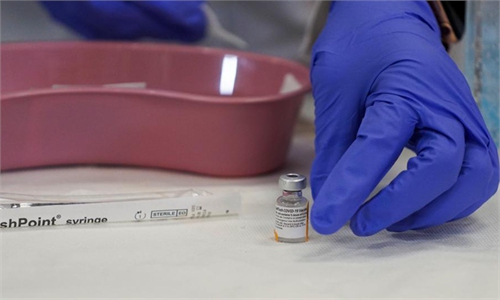
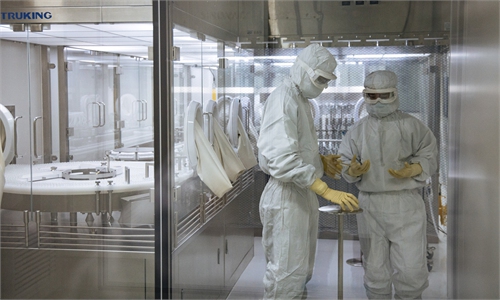
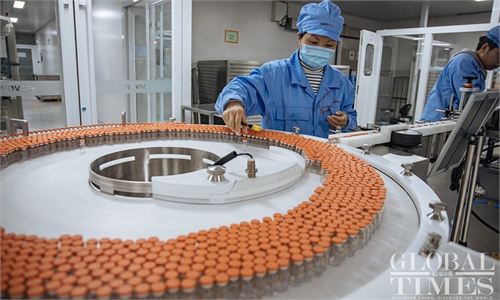
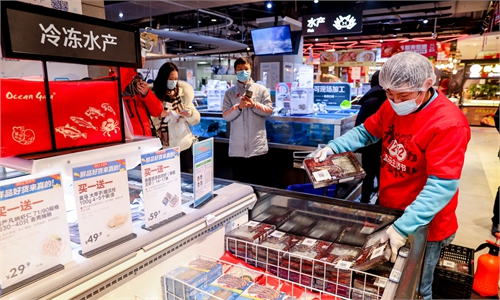
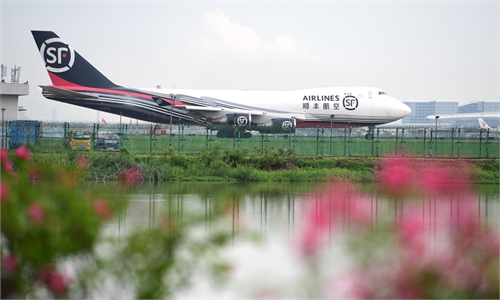

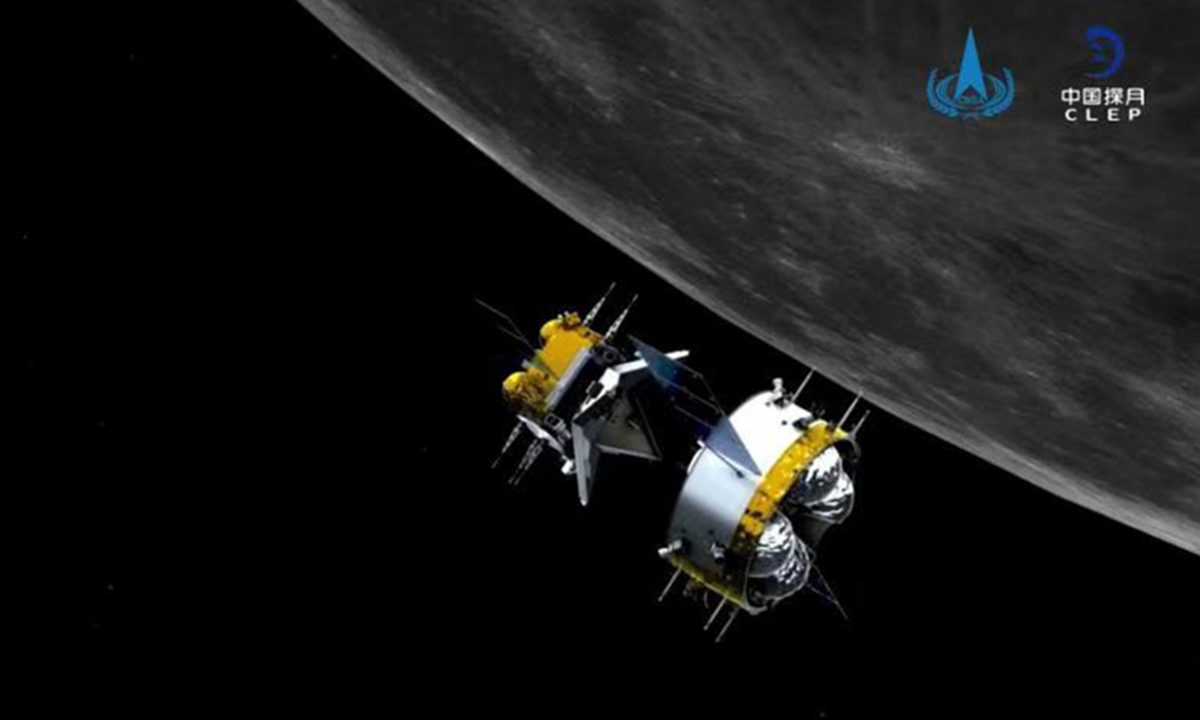 Image released by the China National Space Administration (CNSA) shows
the orbiter-returner combination of China's Chang'e-5 probe approaching
the ascender. Photo: Xinhu
Image released by the China National Space Administration (CNSA) shows
the orbiter-returner combination of China's Chang'e-5 probe approaching
the ascender. Photo: Xinhu